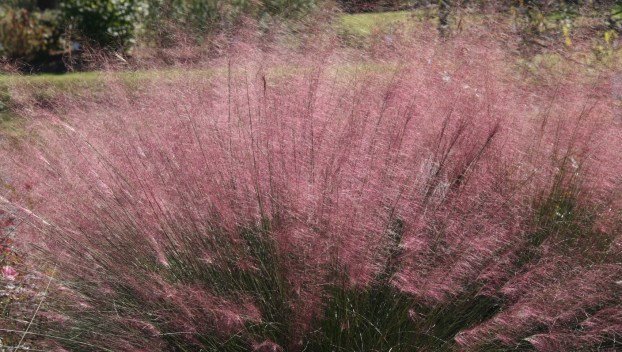
Lifestyles
THE GARDEN SPOT: Ornamental grasses in the landscape
Question: Are ornamental grasses difficult to grow and what are some good ones to try in our area? ... Read more

Question: Are ornamental grasses difficult to grow and what are some good ones to try in our area? ... Read more

I have been told that Alabama weather in March and April can be fairly erratic. Based on the ... Read more

Fertilizing is essential for lawns, shrubs, trees, perennials and all other things that sprout from the earth. Just ... Read more
Grass clippings are pulled from a stormwater drain in the county. County officials are asking residents to refrain ... Read more

I can go out into the yard every day and find something to do. There are vegetables to ... Read more
As spring grass-cutting season approaches, the city of Athens’ Cemetery Department wants residents to be aware of the ... Read more

If you head into your local garden center, you may notice the area that once held grass seed ... Read more
PRATTVILLE (AP) — Authorities say an argument over cutting grass on disputed property led to a fatal shooting. ... Read more

Question: I’ve got several good-sized holes in my yard. These aren’t small holes like those created by chipmunks ... Read more